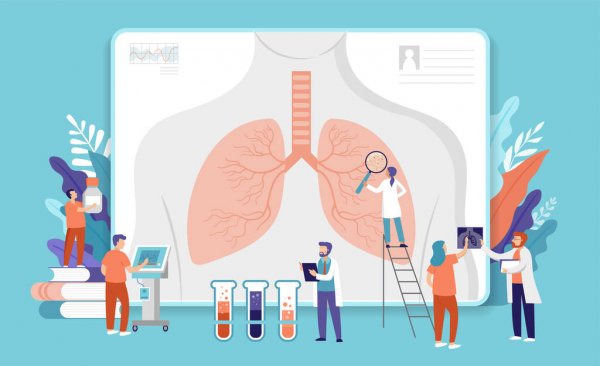Five misconceptions about asthma

Myth 1: Asthma can heal on its own
Asthma can occur at any age, with some children experiencing their first asthma attack before the age of 6. With growth and development and maturation of the autoimmune system, some children with asthma experience varying degrees of relief, but the remission rate is not 100 percent. Some children grow out of their asthma symptoms and can easily be mistaken that their asthma has resolved itself. However, asthma flare-ups may still occur in the future when exposed to certain allergens or triggers.
Myth 2: Asthma cannot be cured and treatment is useless
Asthma is a difficult chronic respiratory disease with recurrent attacks, which cannot be cured at present. Therefore, some patients may have negative emotions and shake their confidence in treatment. In fact, through standardized treatment and scientific management, the symptoms of asthma patients can disappear so that acute attacks leading to death can be avoided and long-term inflammation leading to irreversible changes in lung structure, which can damage lung function, can be avoided.
Myth 3: Stopping medication when symptoms disappear
Most patients will be particularly nervous during an acute asthma attack and can actively cooperate with treatment. Once symptoms such as chest tightness, wheezing, shortness of breath or coughing are under control, they immediately relax their vigilance and even think that as long as they "don't wheeze" or "don't cough", they are well and there is no need to use medication anymore. In fact, asthma is caused by chronic airway inflammation. After the use of medication during acute attacks, although the symptoms disappear, airway inflammation still persists.
Therefore, once the symptoms of an acute asthma attack are controlled, a period of maintenance treatment is required. The doctor will assess and adjust the current asthma control situation during the review.
Myth 4: Inhaled hormones have many side effects
At present, inhaled glucocorticosteroids are the first choice for asthma control. Many patients reject hormones as soon as they hear about them, worrying that they have too many side effects. In fact, inhaled glucocorticosteroids act directly on the respiratory tract, and each inhaled dose is very small, so the amount entering the systemic blood circulation is even smaller, and the chance of causing systemic adverse reactions is significantly smaller than that of oral or injectable hormones. Therefore, inhaled glucocorticosteroids are much safer than oral or injectable glucocorticosteroids. If you don't use inhaled hormones to control your asthma, you will have to use oral or injectable hormones when you are seriously hospitalized, which is not worth the loss.
Of course, medicines have more or less certain side effects. The more common side effects of long-term inhaled glucocorticosteroids are sore throat, hoarseness and thrush, and the incidence of related side effects can be effectively reduced by rinsing the mouth or washing the face after inhalation.
Misconception 5: Indiscriminate use of antibiotics
Some patients may think that since asthma attacks are due to chronic inflammation in the airways, antibiotics should be used to reduce inflammation if there is inflammation. In fact, not all inflammation requires antibiotics, and the airway inflammation that triggers asthma has nothing to do with bacterial infection.
There are many triggers for asthma, of which bacterial infections account for only a very small percentage. Therefore, most patients do not need antibiotics. Antibiotics are only needed if the patient has clear evidence of a bacterial infection, otherwise they are indiscriminate.



